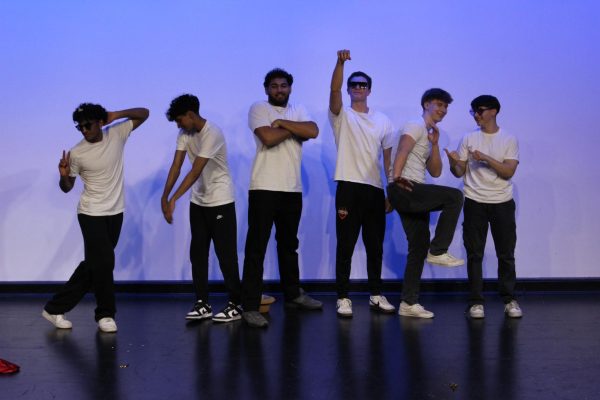Movie industry needs to start diversifying
Last month’s release of “The Great Wall” starring Matt Damon has once again brought attention to the controversial topic of whitewashing, or the casting of white actors in non-white roles.
“The Great Wall,” directed by Zhang Yimou, is an American-Chinese film co-production. Damon plays a European trader searching for black powder when he is caught in a war between Chinese soldiers and legendary monsters.
With a massive budget of $135 million, the movie displays impressive visual effects, and costume designs, as well as a talented cast.
But a question comes to mind: why does a movie about a Chinese myth have a white male lead?
The issue of having a white hero rescuing minorities has been typically labelled as the White Savior Complex and it is seen in countless other films, including “The Last Samurai”, “Tears of the Sun”,“Dances with Wolves”, and many more.
In “The Great Wall,” the film’s main character, William Garin (Damon)’s courage and masterful archery skills make him the ‘perfect hero’ to protect the Chinese people from monsters.
The fact that these movies still have White Savior Complex shows that society has become so used to seeing white heroes that we accept the patronizing of minority groups in film.
“We have to stop perpetuating the racist myth that only a white man can save the world,” tweeted Asian American actress Constance Wu. “It’s not based on actual fact.”
The White Savior Complex is not only condescending to minority groups, but it also limits minority actors and actresses from getting lead roles.
At the 89th Oscars ceremony in February, there was a lot of discussion about diversity when six African American actors were nominated for awards, breaking Oscar records.
Although this was a huge step toward the recognition of black actors and actresses, progress for Asian Americans still remains unapparent.
Only three Oscars have ever been won by Asian American actors and actresses, one of whom is only half-Indian.
According to the Huffington Post, only 16 of more than 1,500 nominations for acting have gone to Asian actors, which is only about one percent.
Whitewashing has existed for decades in countless films. A more recent example of whitewashing is in “Ghost in a Shell,” a sci-fi movie that will be released on Friday. The film is based on a manga by Masamune Shirow and is about a cyborg named Motoko Kusanagi, who leads an organization against cyber-terrorism.
The casting of Scarlett Johansson as Kusanagi resulted in a lot of criticism for whitewashing, but director Rupert Sanders tried justifying his decision.
“Scarlett was one of those people, and to me there’s very few actresses who’ve had 20 years of experience, who have the cyberpunk aesthetic already baked in,” said Sanders told The Verge, a technology publication, during an interview in Tokyo.
Sanders misses the point.
The problem is not so much of Johansson’s talent, but more the fact that no Asian American actress was considered for the role, even though that the original character is Japanese.
Whitewashing not only contributes to the lack of representation of minorities in film, but it also undermines the talent of minority actors and actresses.
“The reason why there are so few Asian American roles is because they are not writing them, and they are not writing them because the writers are not Asian,” filmmaker Philip Wang said in a YouTube video called: Don’t just TALK about Whitewashing. “We need more Asian Creators.”
Through TV sitcoms such as “Fresh off the Boat” and “Dr. Ken,” Asian American actors have been working to break through the racial barriers of the entertainment industry.
In this day and age, diversifying in the entertainment industry can be a step toward racial justice and equality for all.



